Cardiopulmonary Bypass Surgery: A Life-Saving Procedure for Heart Patients
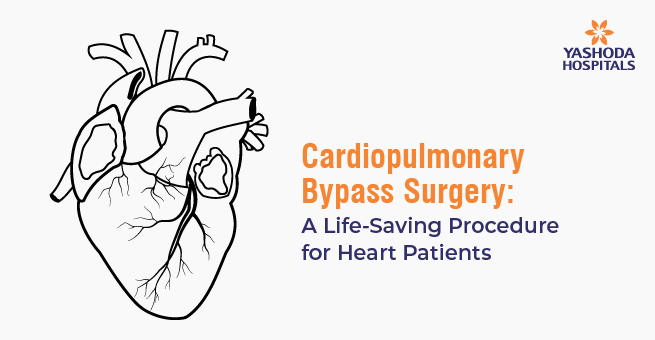
Cardiopulmonary bypass (CPB) refers to a procedure that takes place during open heart surgery to temporarily replace the functioning of the heart and lungs. It is a requirement for many sophisticated heart procedures, enabling surgeons to carry out intricate tasks without fear of bleeding or injuring the chest and brain. In contemporary cardiac surgery, cardiopulmonary bypass procedures are still a useful component that allows for many critical procedures on patients with different heart diseases. This blog provides full and extensive detail about the Cardiopulmonary Bypass Management (CPBM) process.
What is Cardiopulmonary Bypass?
When performing heart surgeries, cardiopulmonary bypass is a technique used to take blood circulation away from the heart and lungs. Due to the heart-lung machine or cardiopulmonary bypass machine’s intervention, blood fills this machine instead, which then oxygenates the blood and eliminates carbon dioxide. The oscillation diaphragm then introduces the reoxygenated blood back into the body. This procedure, also referred to as being “on the pump,” entails the surgeon operating on a heart that is not beating while blood rich in oxygen is supplied elsewhere in the body.
In intricate cardiac procedures such as coronary artery bypass grafting (CABG), valve surgeries, and heart transplantation, CPB is an essential component. It temporarily takes control of the patient’s heart and lungs in order to minimize blood loss, tissue injury, and the incidence of stroke. Outcomes have improved due to the use of CPB, which allows the performance of more complicated operations and increases the survival rates of patients.
The cardiopulmonary bypass machine supports heart and lung function by ensuring adequate oxygenation of blood, regulating body temperature to prevent tissue damage, and maintaining fluid balance to prevent complications like edema, thus supporting proper heart and lung function.
Cardiopulmonary Bypass Indications
The indications for the cardiopulmonary bypass include:
- Coronary artery bypass grafting (CABG): Cardiopulmonary bypass (CPB) is an important component of CABG surgery that allows the functions of the heart and lungs to be temporarily taken out. The machine for CPB helps in carrying out the bypass so as to allow the vascular surgeons to concentrate on the coronary arteries, thereby minimizing blood loss and myocardial injury.
- Aneurysm surgery: In aneurysm surgeries, a CPB is a lifesaving device that allows surgeons to perform many complicated surgeries without compromising safety or effectiveness, thus improving patient care.
- Heart transplant: When conducting a heart transplant, there is a requirement to arrest the patient’s heart before substituting it with the heart of the donor. Cardiopulmonary bypass (CPB) permits the surgeon to do this safely by performing the functions of the heart and the lungs in a controlled environment.
- Heart valve surgery: In heart valve surgery, cardiopulmonary bypass is an important technique allowing the surgeon to carry out complicated surgeries safely and enhance the healing process in patients.
Discover Expert Care For Complex Heart Conditions!
Cardiopulmonary Bypass Machine & Its Working Mechanism
Cardiopulmonary bypass machine components:
- Cannulae that interconnect the blood vessels and machine.
- Reservoir for deoxygenated blood collected from the patient.
- The oxygenator serves the same purpose as the lungs for the oxygenation of blood.
- An electrical pump simulates the function of the heart by delivering oxygenated blood back to the body via the aorta.
A heart-lung machine (CPB) is a surgical instrument that provides an alternative route for the blood where the infusion of oxygen is done outside the body. It functions by collecting the blood from the heart and lungs into tubes leading to a compartment of the device, which can store blood. After that, the oxygenator receives the liquid and pumps it back into the element of the organism through a hose that enters the aorta. The surgical care team, which consists of a surgeon, an anesthesiologist, and a perfusionist, takes charge of the heart-lung machine and ensures that enough oxygen is being supplied throughout the operation.
It involves collecting extravascular blood, inhaling oxygen and carbon dioxide, regulating temperature and ion levels, reinforcing oxygen-containing blood, administering medication, protecting cardiac organs during surgeries, and preserving blood volume.
Cardiopulmonary Bypass Procedure
Cardiopulmonary bypass surgical procedures involve preparing the patient and attaching them to a heart-lung machine, monitoring their condition throughout the procedure. The air is evacuated to prevent air embolism, and an anticoagulant agent is administered to reduce thrombus formation. The heart-lung machine is checked for functionality, and cardioplegia drugs are administered to arrest the heart. Blood parameters, including temperature, are closely monitored during the operation.
Postoperatively, the patient is managed on a ventilator, attempting to restart heart and lung function. The patient is then transferred to the ICU for observation and recovery.
Advantages of Cardiopulmonary Bypass (CPB)
Cardiopulmonary bypass, also known as heart-lung machine, enables pumping oxygenated blood while conducting surgical procedures on the heart. It takes over the natural functions of the heart and lungs to provide a motionless field free of blood for the surgeon to operate in. Some of the benefits of cardiopulmonary bypass (CPB) are the following:
- Facilitates the performance of intricate heart procedures.
- Addresses the issue of blood loss, tissue injury, and even strokes.
- Cardiac surgery has improved, resulting in better quality of life for patients.
- It is flexible during heart valve procedures, coronary artery bypass grafting (CABG), and heart transplant surgeries.
- It creates a bloodless operative field for performing cardiac surgery within a specific time frame.
Cardiopulmonary Bypass Complications
Cardiopulmonary bypass (CPB) is a highly advanced technique that comes with its own inherent risks and complications. Following are some of the common complications that are most frequently seen:
- Air embolism.
- Excessive loss of blood.
- Formation of clots.
- Neurological damage.
- Systemic inflammation.
- Pulmonary damage.
- Acute kidney injury or renal impairment.
- Failure of multiple organs.
- Inflammation of the pancreas.
- Collection of fluid in the chest.
- Stroke.
Recovery After Cardiopulmonary Bypass Surgery
- The most suitable person to consult regarding the recovery is the surgeon. The recovery depends on how complicated the procedure was, their medical background and age, and the duration that was spent on the pump. Consultation is needed regarding what to expect after the surgery.
- Cardiopulmonary rehabilitation involves physical therapy, cardiac rehabilitation, and occupational therapy to improve strength, flexibility, range of motion, heart health, and independence in daily activities.
- Maintaining a healthy lifestyle, which would ultimately ensure good heart health and even promote recovery, calls for a balanced diet and regular physical activities, avoiding cigarettes entirely, and reducing stress by using appropriate techniques.
- Cardiologist appointments are particularly important to one’s health over an extended period. It may be necessary for patients to use some medications on a long-term basis due to some underlying conditions. Leading a healthy life is important in avoiding heart problems in the future. Although the recovery after the CPB operation can be quite difficult, most patients do, with time and help, recover fully and live a good life.
When should I see the doctor?
Symptoms such as balance loss, numbness, slurred speech, sudden confusion, difficulty seeing, and difficulty understanding others’ speech need immediate medical attention.
Worried about your symptoms?
How Cardiopulmonary Bypass Surgery Has Evolved: Innovations in Heart Care
Cardiopulmonary bypass (CPB) is a revolutionary technique that has significantly advanced cardiac surgery since the early 20th century. Its evolution began with early attempts by Alexis Carrel and Charles Guthrie, followed by John Gibbon’s breakthrough in the 1930s with the Gibbon Pump. In 1953, Gibbon performed the first open-heart surgery on a human using his CPB machine. Subsequent advancements include miniaturization, technological improvements, and minimally invasive surgery. Today, CPB is an essential tool in modern cardiac surgery, improving patient outcomes and saving lives.
The advent of more recent machine tools has also improved the functionality of the oxygenators, temperature management devices, and blood cell storage systems, thereby minimizing the chances of blood destruction and injury to soft tissues during CPB and minimizing blood transfusion rates.
Cardiopulmonary bypass surgery has seen significant innovations, including off-pump and hybrid CABG, improved CPB machines, portable machines, and personalized CPB strategies. These advancements have improved blood circulation, reduced complications, and reduced blood transfusions. Minimally invasive CABG offers patients less pain, scarring, faster recovery, reduced complications, shorter hospital stays, and a better quality of life. However, not all patients qualify for these procedures, so discussions with a cardiologist are essential.
Similarly, in an effort to develop new approaches to CPB surgery, scientists have also turned to modern methods, such as the in vivo application of stem cells and gene therapy techniques. All these advances made CPB surgery less invasive and faster, with better results following heart surgery. There’s no doubt that with time, this beneficial method of treatment will see better technologies.

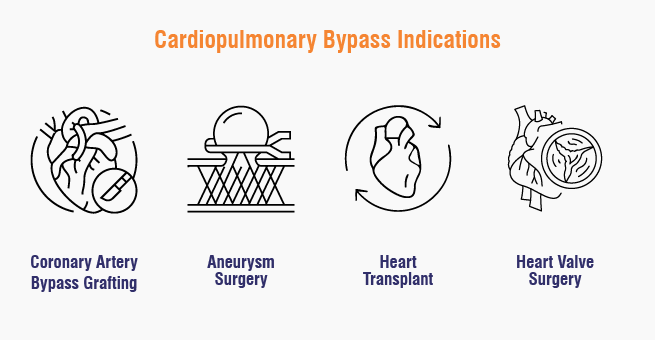
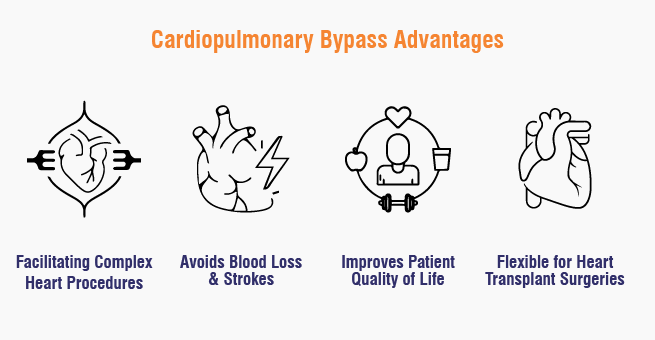
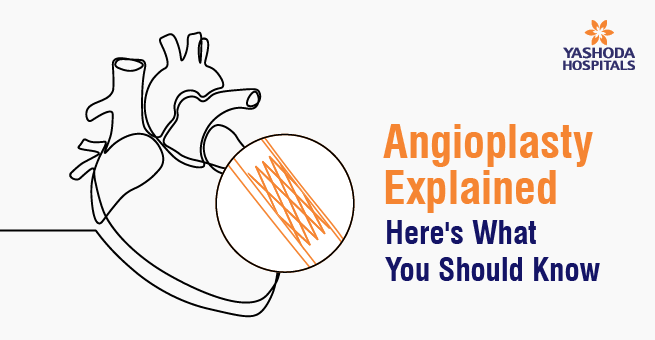


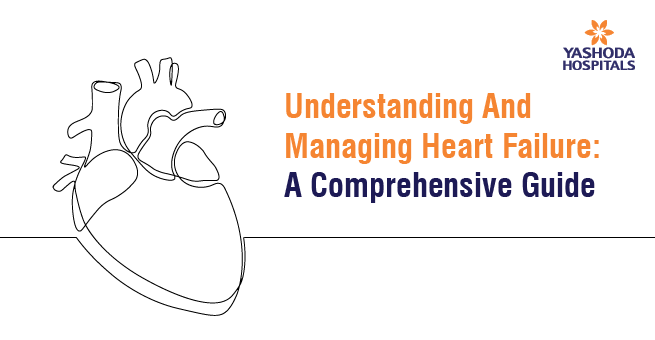
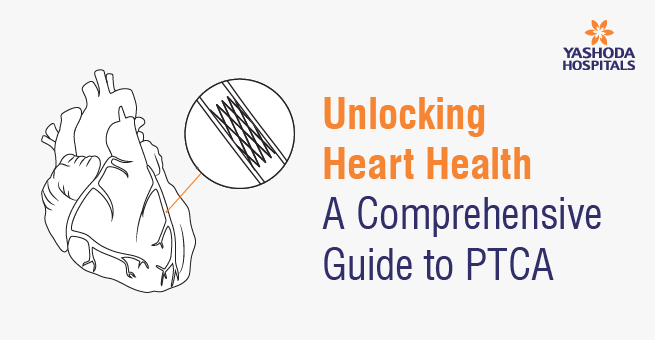
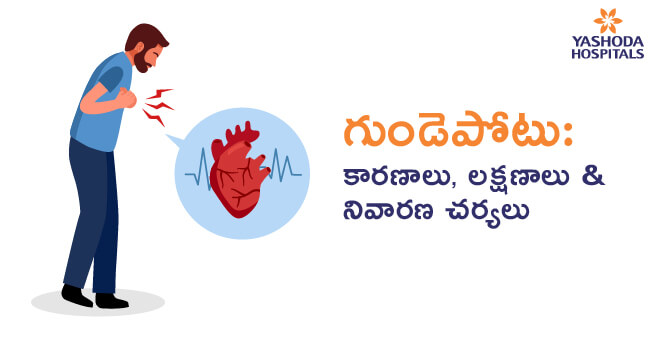

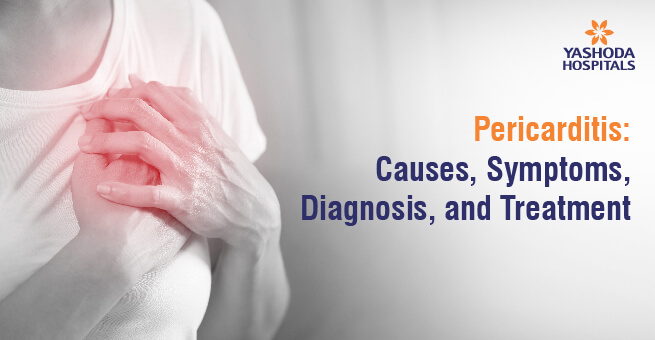
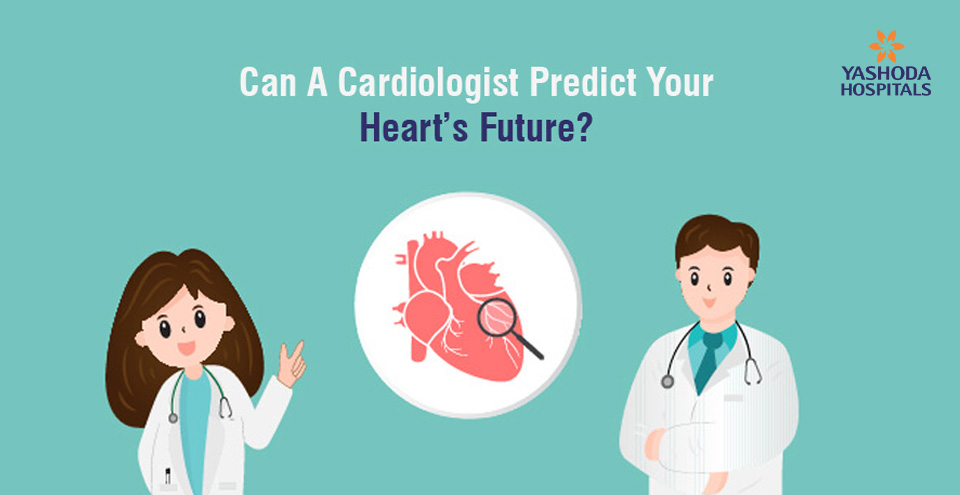
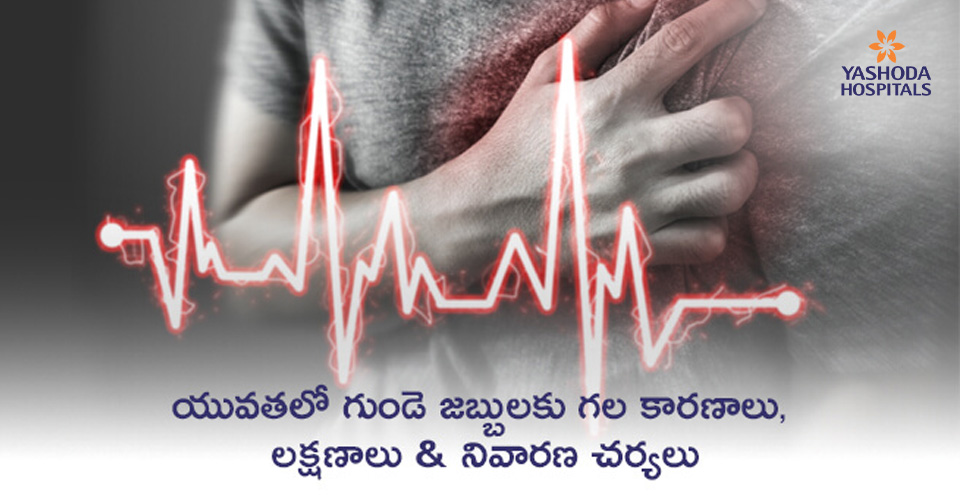
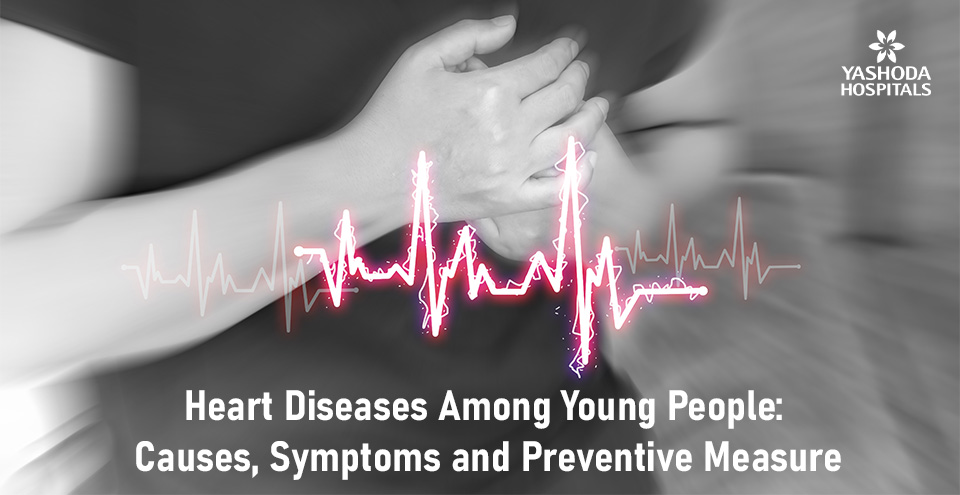






 Appointment
Appointment WhatsApp
WhatsApp Call
Call More
More

